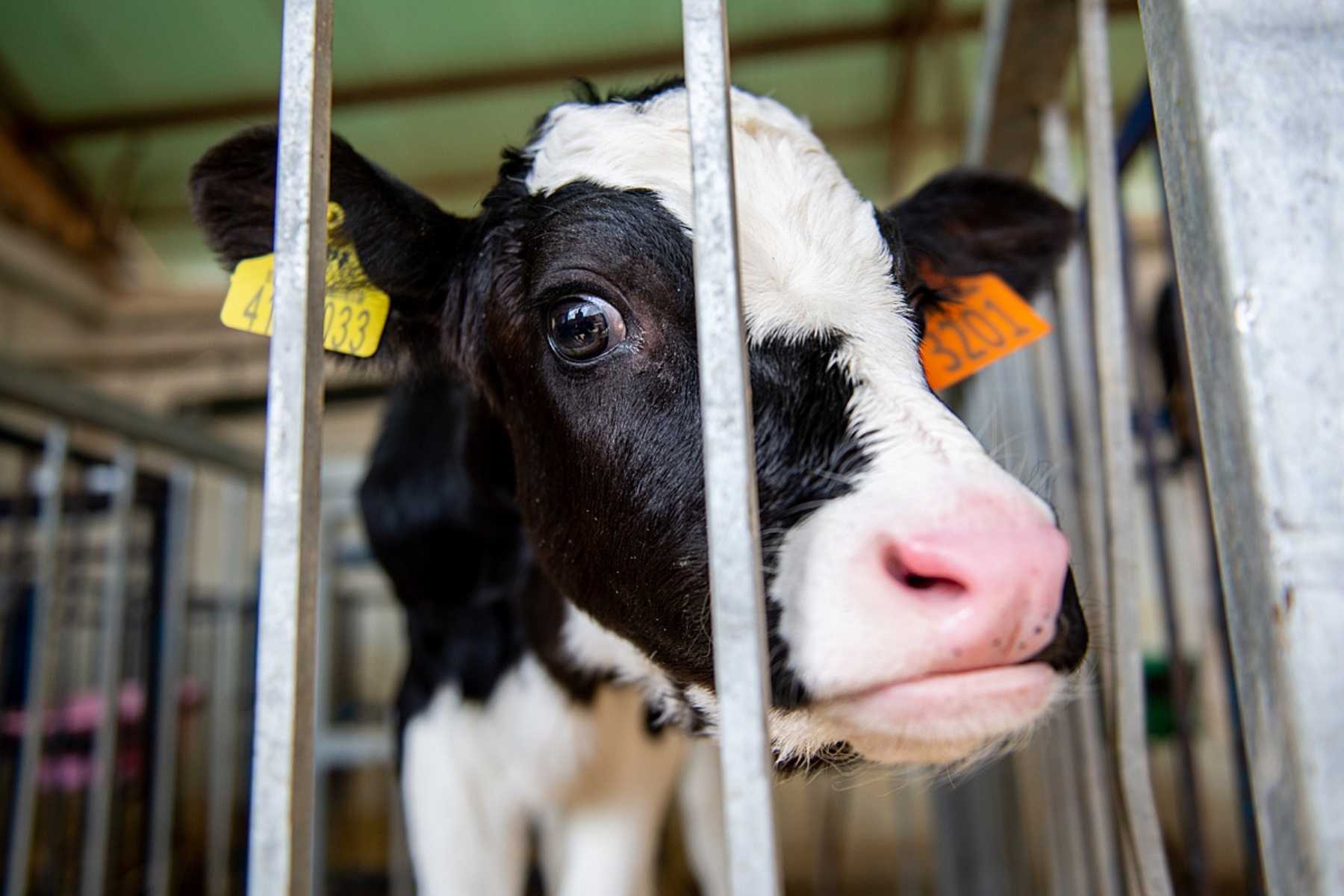

Calves are normally housed in individual pens until they reach 9 to 10 weeks of age. Dairy-beef operations usually have fewer problems with internal parasites than traditional beef-feeding programs. In addition to vaccinations, internal and external parasite treatment programs should be planned. Regardless of the source of calves, a quality health program is essential to ensure young calves get off to a good start. Direct purchasing from a known source will help cut down on health issues that can commonly occur early in a calf's life. With increasing dairy farm size and the health concerns with "put-together" cattle, the most successful dairy beef operations have found that sourcing animals directly from a single dairy farm is more advantageous than purchasing auction calves. Most dairy-beef or veal-calf producers rely on livestock brokers to assemble uniform groups of calves for feeding. Historically, young dairy calves were bought through local auctions at two to five days of age. The price difference is due in part to the lower dressing percentage (percentage of live weight that is in the carcass) and the difference in steak size and shape from dairy-beef carcasses compared to traditional beef cattle. Over the past few years, however, dairy-beef carcasses marketed from young animals fed high-energy diets have been priced closer to their true value. Dairy-beef often commands lower prices because carcass yields are lower than conventional beef breeds. beef-packing companies readily purchase finished dairy-type steers, the beef market requires that the steers have been fed the proper diet. Producers should carefully research local markets and develop marketing strategies before beginning a dairy-beef operation. In addition, this enterprise is easy to enter when profit projections are favorable and to exit when unfavorable. Existing facilities can be used to feed and house the steers, and farm-grain feeds can be used.

Animals that are fed early with grain-based diets and slaughtered at 12 to 14 months produce meat that is well marbled and tender, and has become popular with consumers.ĭairy-beef production lends itself well to small-scale and part-time farming operations and also can be an auxiliary enterprise for dairy operations. With the decline in the veal market, the supply of Holstein bull calves for beef markets has increased. Production of dairy beef, which depends almost entirely on Holstein bull calves, has become an important part of the overall supply of beef in the United States.


 0 kommentar(er)
0 kommentar(er)
